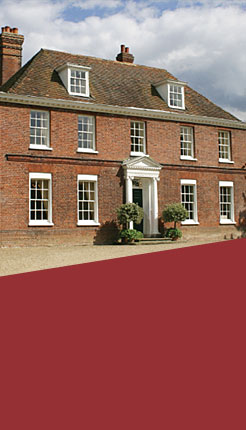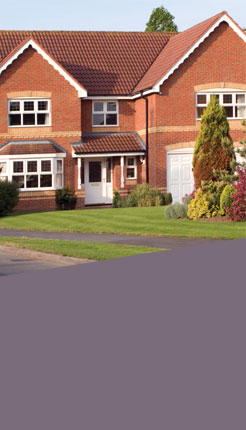Architectural styles of period properties in the UK
The role of interior mouldings
The origins of British Architecture owe a great deal to the Egyptians, Romans and Greeks.
The learning’s of early British architects who undertook the Grand Tour of Europe and the world, inspired many of the facades of buildings that have now become part of popular culture.
Inside these buildings the architects tried to mirror internal features (mouldings), often seen as the lower members of the classic entablature, with external opulence or austerity depending on the period.
The humble architrave developed from the lintel, alongside the lowly skirting which formed a break and protective area between floor and wall coverings.
While upstanding dado rails were used for both protection against chair damage as well as decoration, and opulent cornices which were often an internal reflection of an external frieze.
All of these should have been dually recorded for future generations but unfortunately this was often not the case.
Period mouldings has spent numerous years amalgamating its designs from work in a variety of houses throughout the UK, and from the British Library and the Royal Institute of British Architects’ Library analysing the literature of the time to formulate its mouldings.
The unique designs within this website and our brochures are an amalgamation of information from all of the above sources and interpretations of designs found in literature from the period. For the sake of independence each design has been enhanced by our designers but still retains its ‘roots of authenticity’.
Georgian Style
1714-1837
Georgian architecture is the name given to the set of architectural styles prevalent between 1720 and 1840. It is eponymous for the first four British monarchs of the House of Hanover—George I, II, III, IV of the United Kingdom—who reigned in continuous succession from August 1714 to June 1830.
Georgian designs usually lay within the Classical orders of architecture and employed a decorative vocabulary derived from ancient Rome or Greece.
Georgian designs are symmetrical with mouldings characterised by greater flat surfaces area and slightly less ornate curves.
Victorian Style
1837-1901
The early decades of the Victorian Era was influenced heavily by the fast paced industrial revolution where mass production of mouldings made them readily available and affordable. The dominance of expensive handmade craftsmanship quickly gave way to machine cost-effective manufacturing.
This period saw the breaking away from the traditional symmetrical lines and an emergence of intricate, daring styles with elaborate and bold colours and designs.
Door blocks became a noted feature and many of the larger Victorian homes incorporated highly decorative two and three piece skirtings.
Edwardian Style
1901-1920
Edwardian architectural era followed the Victorian period in having highly decorative ornamentation in its early period. However, later a more simplified masculine look prevailed.
The period although relatively short believed to have continued a full 10 years after Edwards reign, when house building was on the ascension. Yet many architects of the day designed new profiles for each of their buildings leading to numerous different mouldings. However, typical characteristics are details with flat areas, with a greater simplicity as profiles such as lambs tongue became increasing popular.
Contemporary Style
1920 to present day
This period covers design eras such as Art Nouveau (1890 to 1914), Art Deco (1930s and 40s), Modern and contemporary.
Each one of these differs greatly both in their inspiration and characterisation. From the sweeping curves and fluid, natural forms of Art Deco, through the zigzags and geometrical shapes of cubism and ancient Egypt prevailing in Art Deco, on to the modern radically simplified utilitarianism of modern buildings. Today the typical mouldings of Contemporary architecture have simple angles and are used to highlight sight lines. The uniqueness of these styles and the current requirement for “clean lines” means that these products are highly specific and often our bespoke service is used for these solutions.





